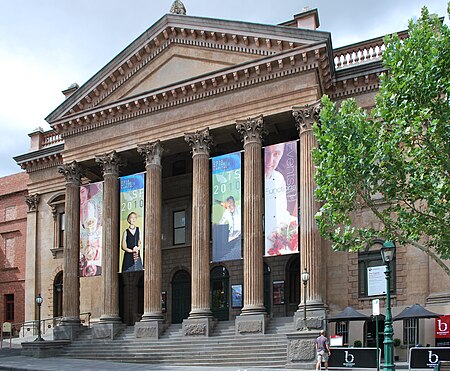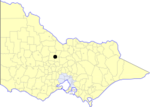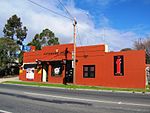North Central Victoria
North Central VictoriaRegions of Victoria (state)Use Australian English from August 2019

North Central Victoria is a rural region in the Australian state of Victoria. The region lies to the south of the Victorian/New South Wales border as defined by the Murray River, to the southwest of the Hume region, to the west of the Great Dividing Range contained within the Central Highlands and Victorian Alps, to the north of Greater Melbourne, to the northeast of the Wimmera, and to the east of the Mallee region. As at the 2016 Australian census, the North Central region had a population of 249,660, representing the aggregate population of the eight local government areas that comprise the region.
Excerpt from the Wikipedia article North Central Victoria (License: CC BY-SA 3.0, Authors, Images).North Central Victoria
Bannerman Street, Bendigo
Geographical coordinates (GPS) Address Nearby Places Show on map
Geographical coordinates (GPS)
| Latitude | Longitude |
|---|---|
| N -36.75 ° | E 144.26666666667 ° |
Address
Bannerman Street
Bannerman Street
3550 Bendigo (Bendigo)
Victoria, Australia
Open on Google Maps






